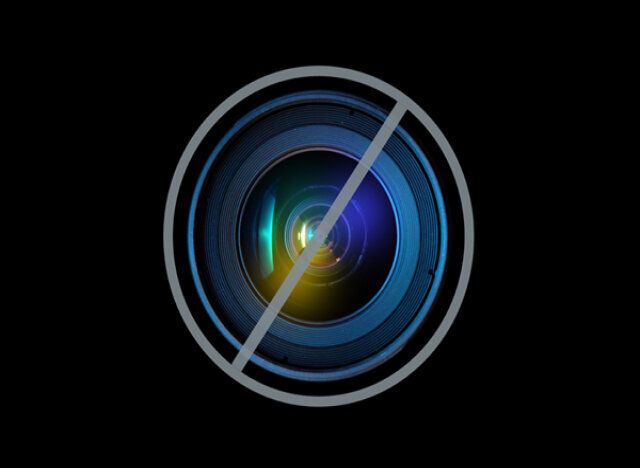Archaeologists searching under a car park for the lost grave of King Richard III have discovered human remains.
Bones unearthed during the dig have been sent for DNA testing and the experts hope that they turn out to be those of the medieval king.
A team from the University of Leicester has been excavating the car park behind council offices in Leicester for three weeks.

Did the King made famous by Shakespeare's lines 'a horse, a horse, my kingdom for a horse!' end up beneath a car park?
They will be revealing more details about the recovered remains at a press conference in The Guildhall, Leicester, just streets away from the dig location off Grey Friars.
The dig has already unearthed the Franciscan friary which contained the church known as Grey Friars, under which the medieval monarch is believed to have been buried. Richard III is thought to have been buried in Leicester after his defeat at the Battle of Bosworth by Henry Tudor in 1485.
Archaeologists have also found paving stones which they believe were part of a garden which belonged to a mayor of Leicester, Robert Herrick, where, historically, it is recorded that there was a memorial to Richard III.

Archaeologists are excited by the discovery of human remains
Research at the site, which is owned by Leicester City Council, began on August 24 with ground-penetrating radar equipment finding the best areas to begin the search.
The original dig was due to last two weeks but the team was authorised to continue into a third week by Leicester city mayor Peter Soulsby.
Richard Taylor, from the University of Leicester, said: "What we have uncovered is truly remarkable and today we will be announcing to the world that the search for King Richard III has taken a dramatic new turn."
Speaking before a press conference, he said: "We have sent the remains off to the laboratory for analysis. DNA testing will take between 8 and 12 weeks and the remains are being analysed as we speak.
"When we found the cloister walk where the friars would have walked we were very excited. From that we found the site of the friary and then within that where the church was. We definitely have the church.
"People have questioned the significance of discovering Herrick's garden but, in 1612, Christopher Wren Senior, the father of Christopher Wren, visited Herrick after he built a mansion house with a garden on the Grey Friars site.
"Wren recorded seeing a stone pillar on which was inscribed 'Here lies the body of Richard III sometime King of England' in that garden. That is the last known record of the site of Richard III's grave."
When asked whether the uncovered remains are those of Richard III, Mr Taylor said: "We can't say until after the testing has taken place. We have the DNA from Michael Ibsen whose mother was a direct descendant of the king's eldest sister, Anne of York. But either way it is an exciting discovery."
Other medieval finds from the dig include inlaid floor tiles from the cloister walk of the friary, elements of the stained glass windows of the church and a stone frieze believed to be from its choir stalls.
Mr Soulsby said: "This discovery adds a whole new dimension to a search which has already far exceeded our expectations. This is exciting news and I know that people across the world will be waiting to hear more about the university's find."
The dig is being filmed for a Channel 4 documentary to be aired this year.